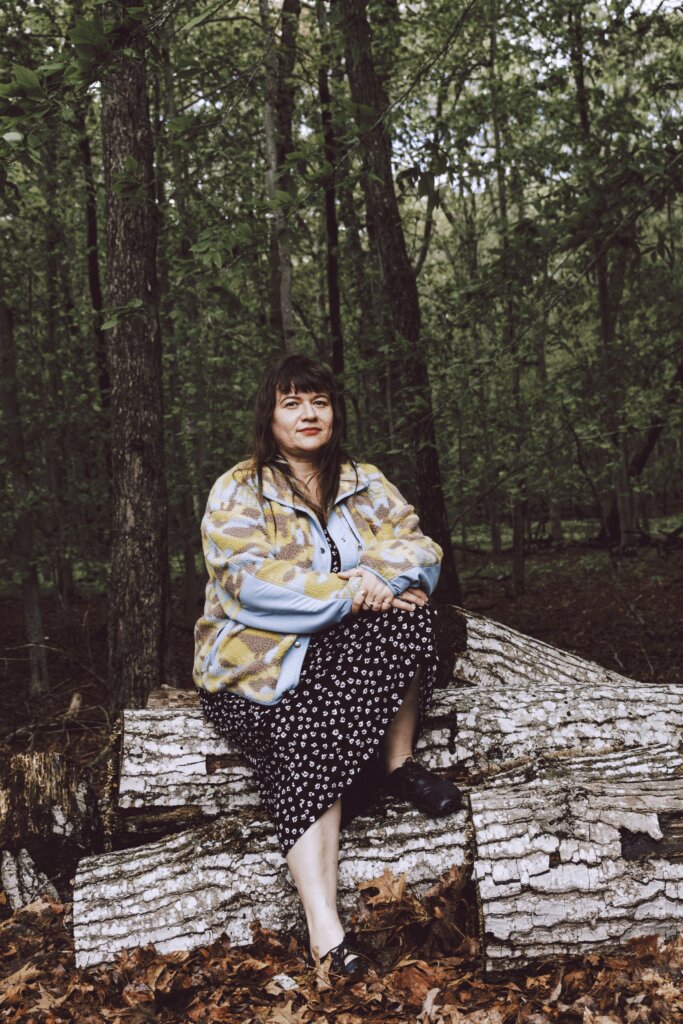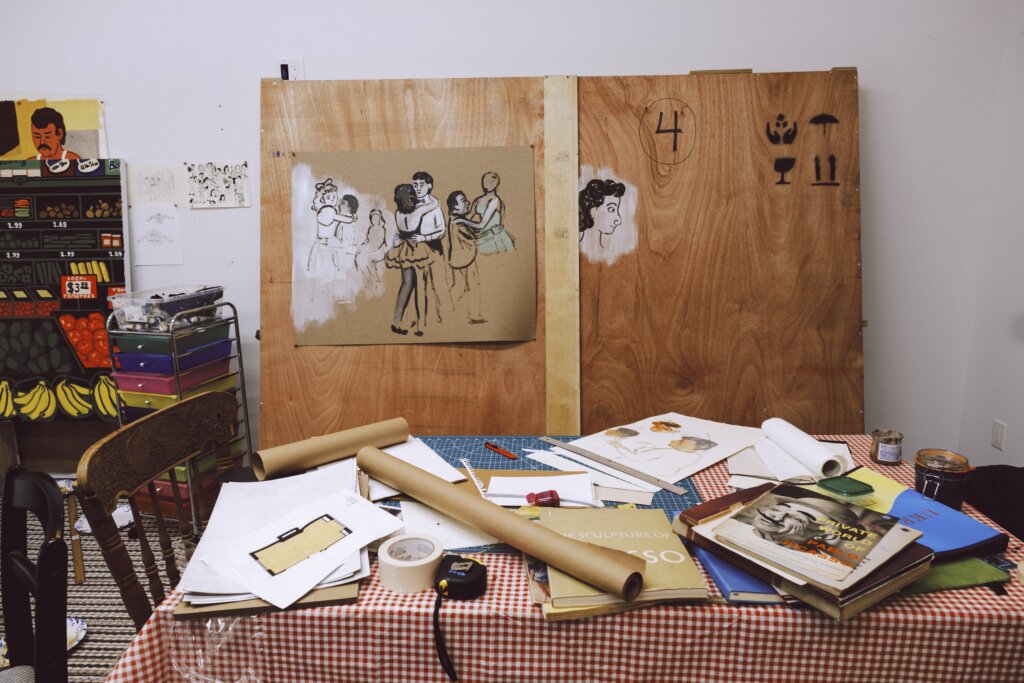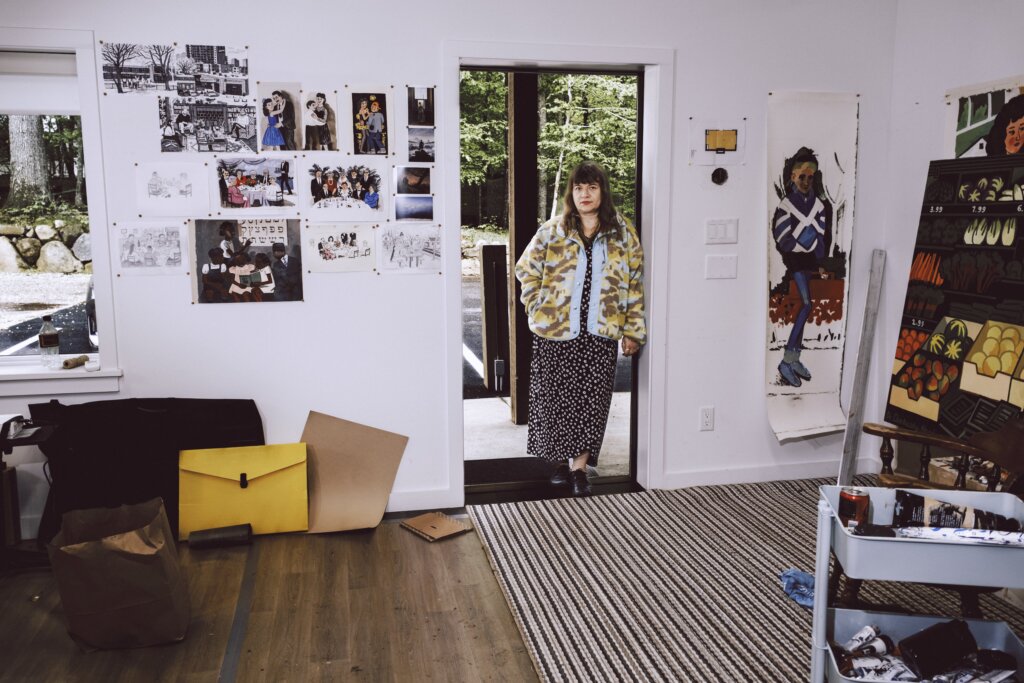
“Shelter Island reminds me of my childhood,” says artist Zoya Cherkassky. It’s a surprising comparison at first. The low-key, Hamptons-adjacent enclave, accessible only by ferry, would seem to be worlds away from the Ukrainian villages of her youth. But, she insists, “the landscape is more familiar than where I have been for so long.”
Born in Kyiv, the 49-year-old painter immigrated from Ukraine to Israel in 1991, where she lived until Oct. 7, 2023. Soon after, Cherkassky relocated to Berlin with her young daughter. It was a year later, during a brief stay with her gallerists, Fort Gansevoort co-founders Adam Shopkorn and Carolyn Tate Angel, that she discovered Shelter Island, where the artist now has a permanent studio. When we meet, she has only been there for a month and a half—but it already feels transcendent. “It’s not like I chose Shelter Island—the island chose me,” she says.

Within days of the attacks in Israel and ensuing war, Cherkassky turned to colored pencils in Berlin—having brought only basic art supplies—as a response to the terror. She posted a few of the initial works on Instagram: a haunting composition of a family, three generations hiding in their safe room, the mother clamping her hand over her infant’s mouth to prevent noise. Two months later, the Jewish Museum in New York mounted an exhibition of the series: “October 7th, 2023.” A dozen of Cherkassky’s drawings portraying kidnapped women, burning houses, and dead bodies occupied a small, black-walled room. Calling on historical depictions of anguish, from Munch’s The Scream to Picasso’s Guernica, Cherkassky revealed the fresh horrors of war.
That wasn’t the first time she had captured the atrocities that have become indissociable from the fabric of her adopted home. One example is her 2023 canvas After Pogrom, which depicts a Palestinian family in front of their burning home in the West Bank town of Huwara, torched by Israeli settlers that same year.

Her latest work, moody twilight scenes and fiery dusk skies created on Shelter Island, offers a sharp juxtaposition to what came before—and a moment of tranquility. “Oh my God,” she laughs. “What happened to me? I don’t recognize myself. I was always a political artist, and now suddenly I’m making sunsets. I’m just letting myself explore this new place.”
As the summer seeps in, Cherkassky, who tends to gravitate toward oil on canvas and acrylic or watercolor on paper, is “planning to go plein air big time.” She’s looking forward to loading her equipment into her small Jeep and setting up in the fields and farmland of the North Fork. Of her radical shift in subject matter, the artist says: “It’s a process of healing.”










 in your life?
in your life?

